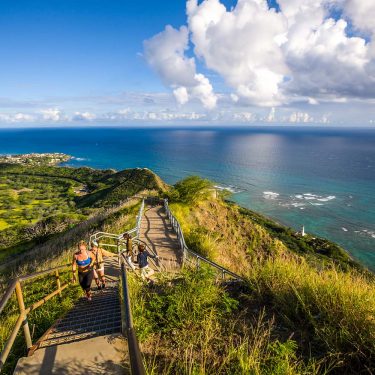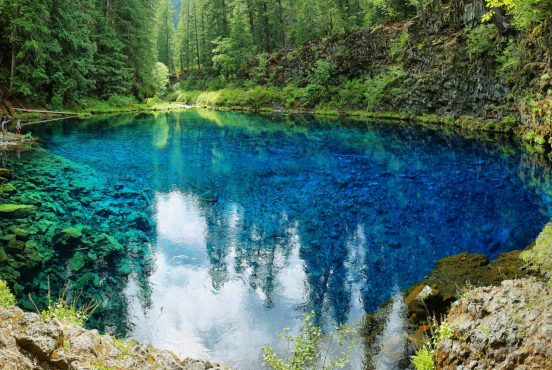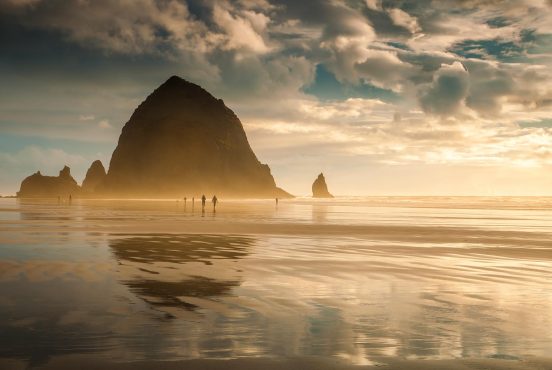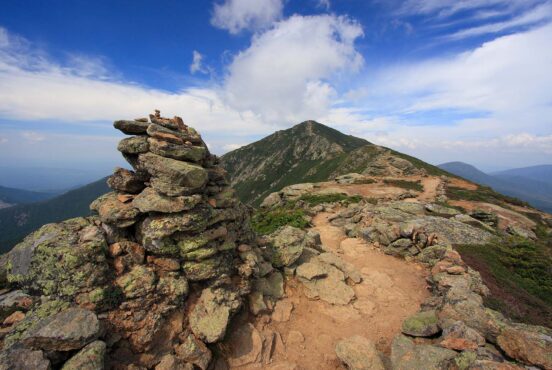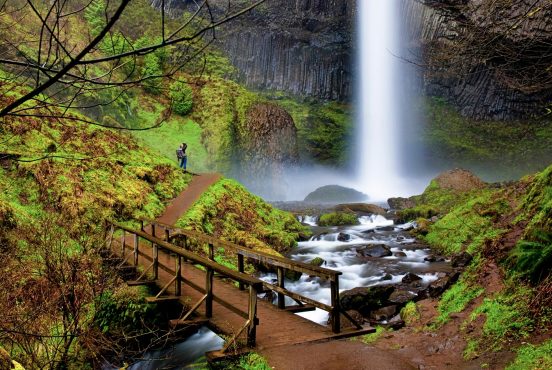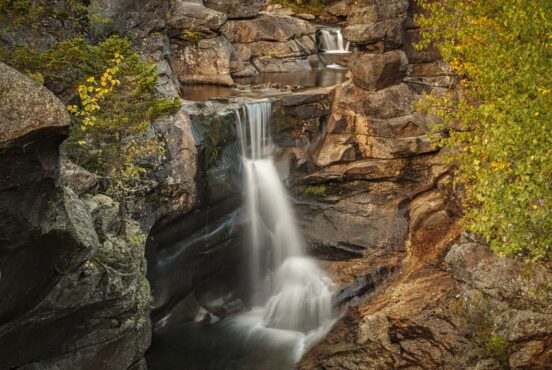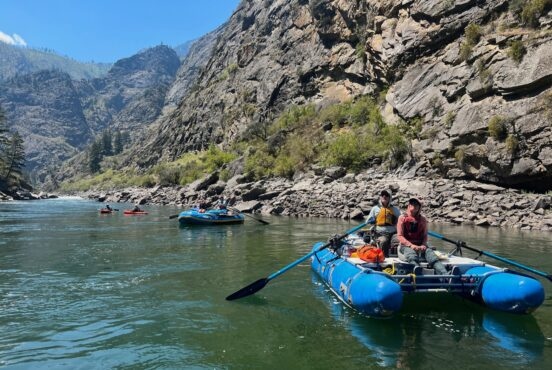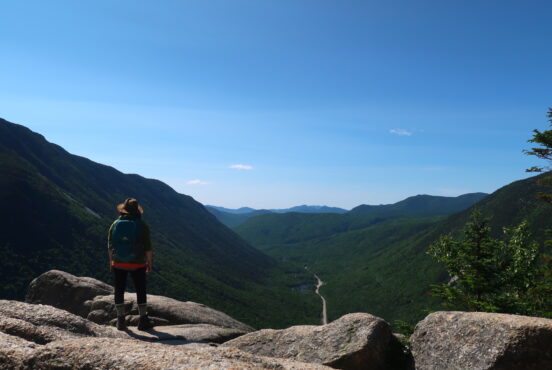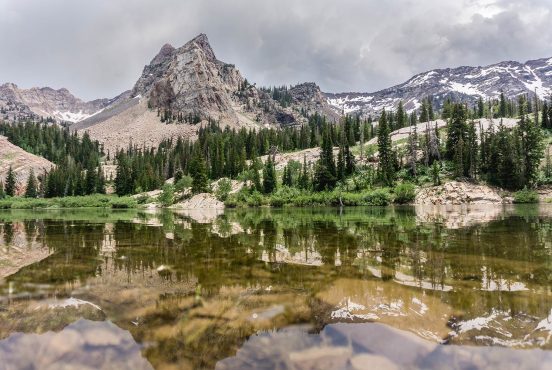Think Hawaii is just beaches? Think again. There are hundreds of miles of epic hiking trails waiting for you on the Big Island.
Exploring new trails is at the top of my list whenever I visit the Big Island of Hawaii. Swimming and snorkeling are always a good time, but you’ll typically find me exploring the Aloha State’s volcanic heights and verdant rainforests.
That’s because each hike is wholly unique. You’d think that an island could only have so many ecosystems, but I’ve seen first-hand the wildly different weather patterns in Kona and Hilo, the vast spectrums of flora and fauna from the tropical coastline to Mauna Loa’s summit, and the varied microclimates of the island forests, valleys, and coves.
While Oahu gets the most visitors and has plenty of great hiking and Kauai is known as the island for outdoorists, I have a special love for the Big Island. Tons of awesome scenery awaits to be discovered — you just need to find it. Listed here are several of my favorite Big Island hikes, including some of the most popular trails in all of Hawaii as well as a few diamonds in the rough that don’t see much traffic.
Remember to tread lightly and to respect the locals and their land. And, as always, practice Leave No Trace principles.
Editor’s Note: This article was updated on Nov. 6, 2023 with updated images and new information regarding many of the hikes we included.
1. Akaka Falls State Park
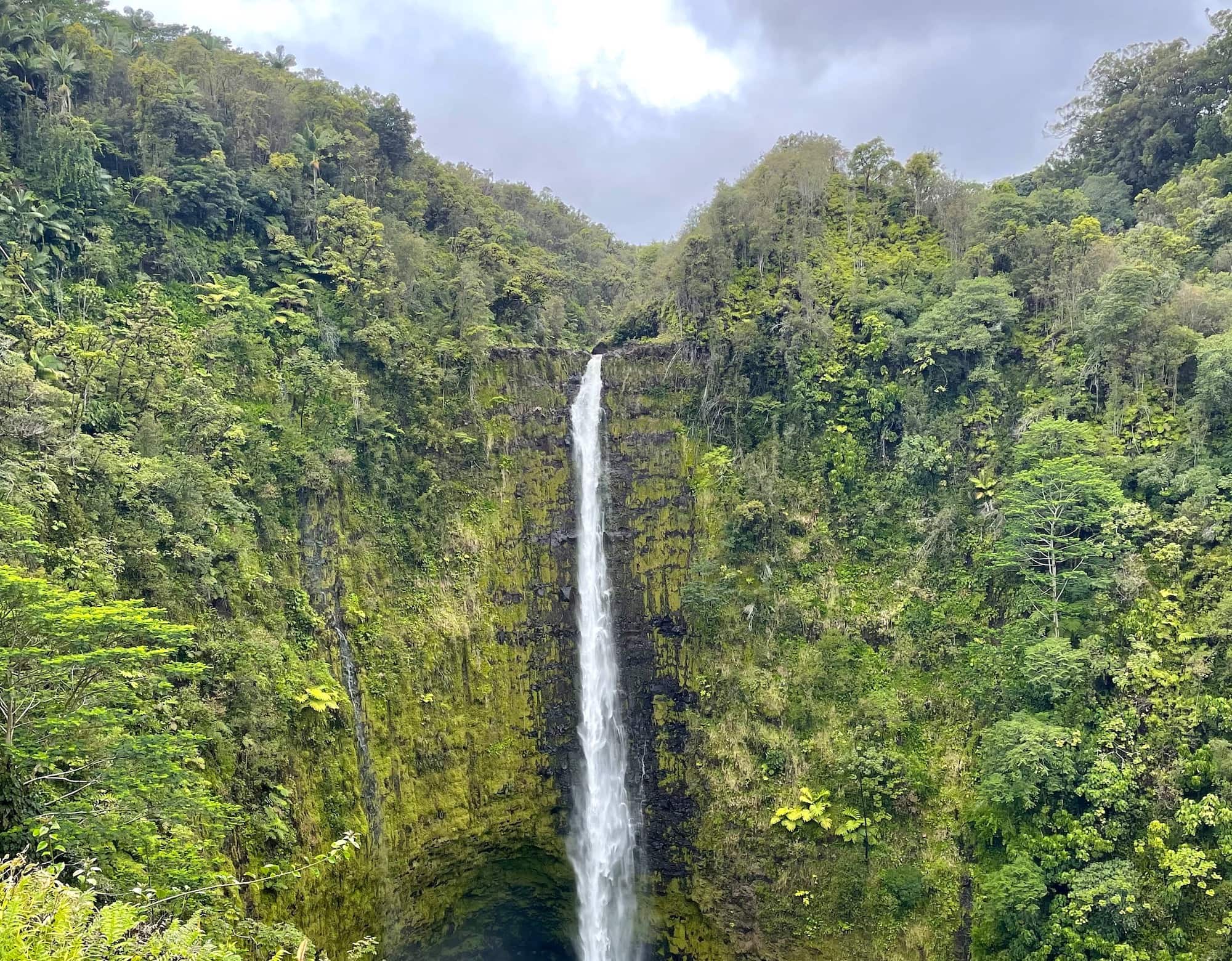
- Difficulty: Easy
- Distance: 0.4 miles
- Elevation gain: 100 feet
Why you should go: The free-falling waters of Akaka Falls are a must-see, especially considering the easy hike to get there.
Akaka Falls State Park is north of the town of Hilo in the inland hills near the island’s northeastern shoreline. Most visitors here are drawn to the park to see the plunging 442-foot-tall Akaka Falls in all its glory.
The paved halfmile-long loop leads hikers to stunning viewpoints of both Akaka Falls and the cascading waters of Kahuna Falls. I was as impressed by the massive banyan trees I passed on this trail as I was by the waterfall itself. You’ll walk through a verdant upcountry rainforest where every nook and crevice is carpeted in lush greenery. It’s one of the best hikes on the Big Island for beginner hikers or travelers who only packed flip-flops.
2. Kalopa Nature Trail
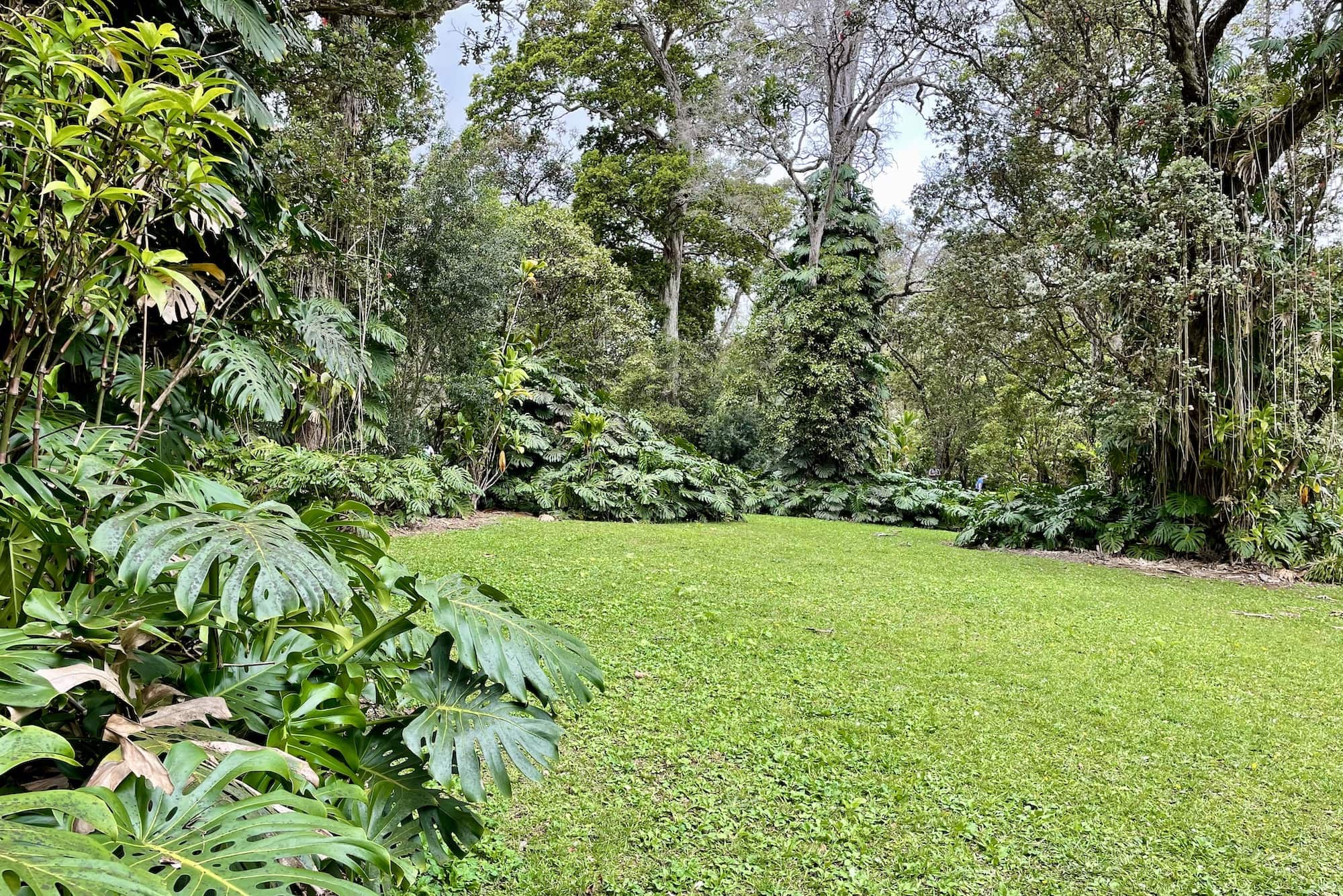
- Difficulty: Easy
- Distance: 0.7 miles
- Elevation gain: 50 feet
Why you should go: See and learn about the biodiversity of the native Hawaiian rainforests.
Located far from the island’s popular national park and tourist towns, the Kalopa Nature Trail is a special place to find serenity and seclusion on Hawaii’s Big Island. Kalopa State Park is on the northern windward side of the island, which subjects it to ample rainfall that creates a richly diverse, damp, and downright beautiful forest.
This interpretive hike includes 20 different numbered stopping points where visitors can learn about the local flora and fauna of the native forest. The high canopy of the ohi’a trees blocks out the sun, making for a cool (and humid) hike. Though the trail is short, you may spend longer than you think here, given how much information is on display. It’s one of the Big Island’s best hikes with the family, even if you’re pushing a stroller. I encountered many local families and no other tourists on these trails, which had me feeling like I had found something special.
3. Kaumana Caves State Park
- Difficulty: Easy
- Distance: 0.5+ miles (up to 2)
- Elevation gain: 100 feet
Why you should go: Explore a dark and seemingly endless lava tube.
While it may be illegal to enter many of the caves and lava tubes across the Big Island and the rest of Hawaii, visitors are welcome to step into the large lava tube in Kaumana Caves State Park and explore a portion of its cavernous expanse. Walking around the cave entrance is relatively easy, but there is a series of stone steps that lead down to the lava tube. And the further you explore, the more uneven the footing becomes.
You may not need to travel far, however; stepping into the cave entrance is enough for most people. I recommend you pack a headlamp if you intend to go deeper. Farther in, the cave gets extremely dark, and there are portions of the lava tube running beneath homes. Those areas are considered private property and off limits to hikers.
4. Kiholo Bay
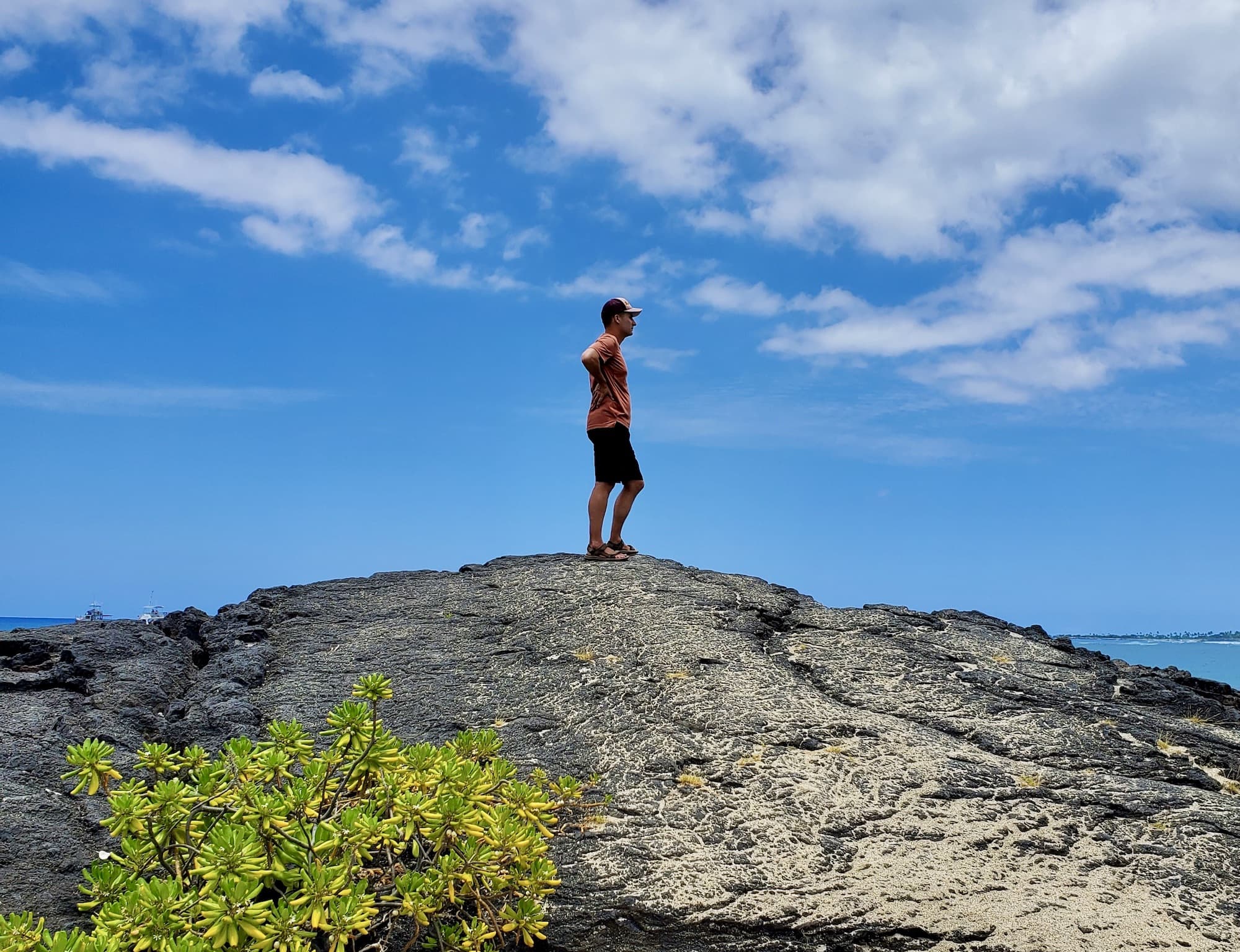
- Difficulty: Easy
- Distance: 2.8 miles
- Elevation gain: 30 feet
Why you should go: Sea turtles, lava tubes, hidden pools, and minimal tourists.
Famed for its shimmering turquoise waters and abundance of green sea turtles (known as honu to the locals), Kiholo Bay is a visual treat for all who visit. Most people will drive to the scenic viewing area along the main road to view the bay, but you’ll discover many of Kiholo Bay’s secrets by walking along the shoreline.
The bay water appears turquoise due to the mixing of freshwater and saltwater. This makes the bay a relatively poor snorkeling area, which fortunately keeps away most of the tourists. But you’re not here to snorkel – there’s much more here to see.
For one, you’ll often see sea turtles in the water and on the black sand beaches around the bay. You can also find a flooded lava tube, shallow tidepools, an inland pool that connects to the ocean underground, and an ancient fishing pond constructed by King Kamehameha over 200 years ago. It’s now a reliable place to spot honu — I saw dozens in the water and on the rocks, which is the most I have ever seen anywhere on the islands.
5. Makalawena Beach
- Difficulty: Easy
- Distance: 2.2+ miles (up to 4)
- Elevation gain: 0 feet
Why you should go: A long stretch of open beach you can’t reach by road.
For a relaxing day at the beach, there may be no better stretch of sand on the island than Makalawena Beach — that is, if you’re willing to make the hike out there. Two different trailheads provide access to the beach, which is, in my opinion, one of the best on the entire island.
The North Trail is a four-mile round-trip hike that leads to the calm and protected waters of Awakee Bay as well as the Ōpaeʻula Pond National Landmark. The South Trail is a well-trodden 2.2-mile (round trip) route over a lava field and sand dunes that’ll land you near Mahaiula Bay.
6. Pololu Valley Awini Trail
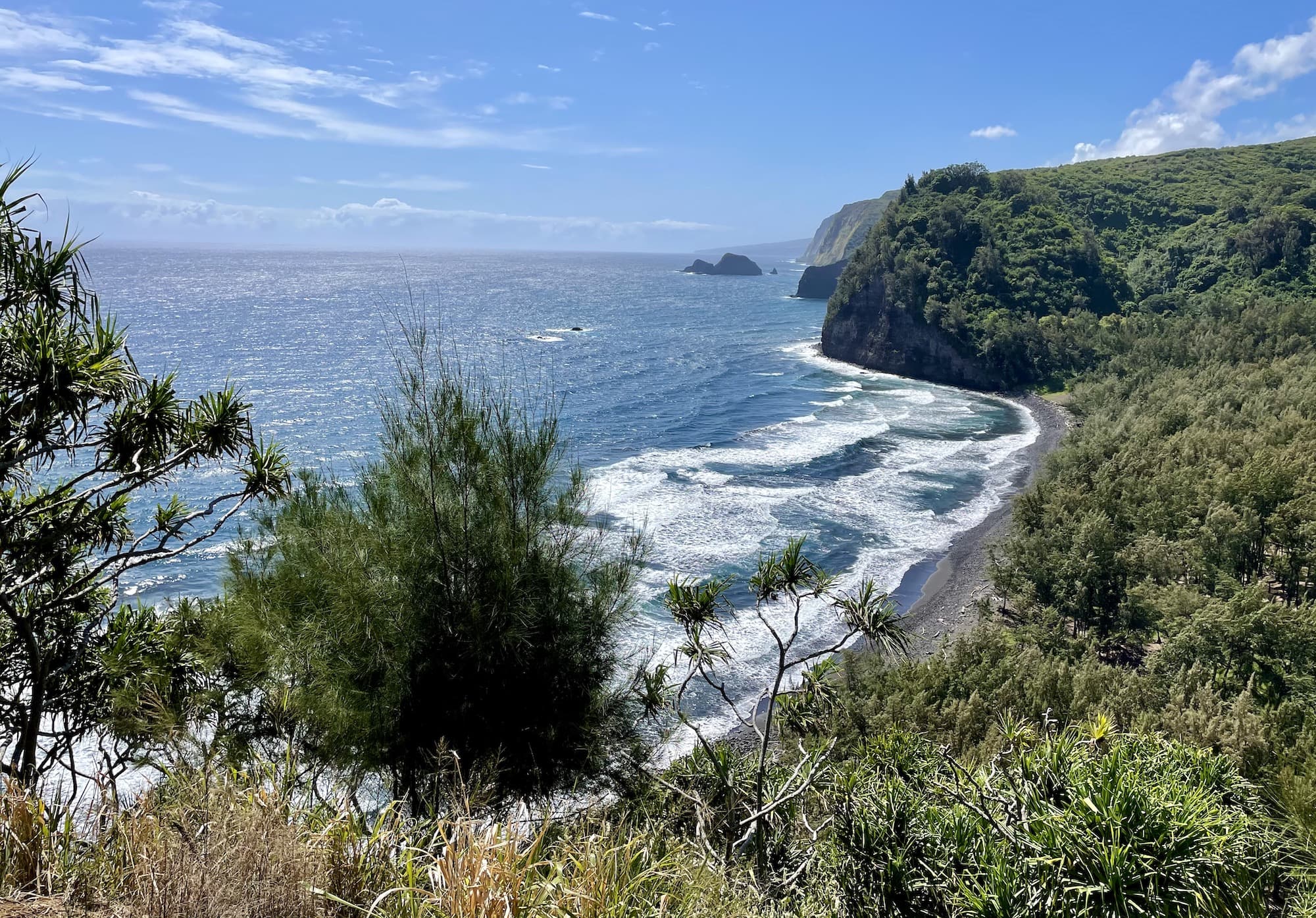
- Difficulty: Easy
- Distance: 0.5 miles
- Elevation gain: 300 feet
Why you should go: Descend into a magical landscape for views most travelers will never see.
At the head of the Kohala Coast north of the town of Waimea, the Pololu Valley Awini Trail is a short hike with big rewards missed by most of the island’s visitors. The Polulu Overlook is a popular stopping point for road travelers to take in the beauty of the magnificent Kohala Mountain and Polulu Valley, but there are even better photo opportunities if you take the short trek down the Pololu Valley Awini trail.
The valley floor is only .25 miles from the trailhead. It’s an ideal spot to stand in the magnificence of the valley firsthand, and better still, you’ll likely have it to yourself. You can also wander the coastline, covered in ocean-smoothed lava rocks. If you make your way to the end of the beach, the trail continues uphill toward an outstanding overlook and further beyond. It’s such a stunning area — I actually ran into newlyweds who had made the trek beyond the beach in their white dress and black suit for a photoshoot.
7. Kalopa State Park Perimeter Trail
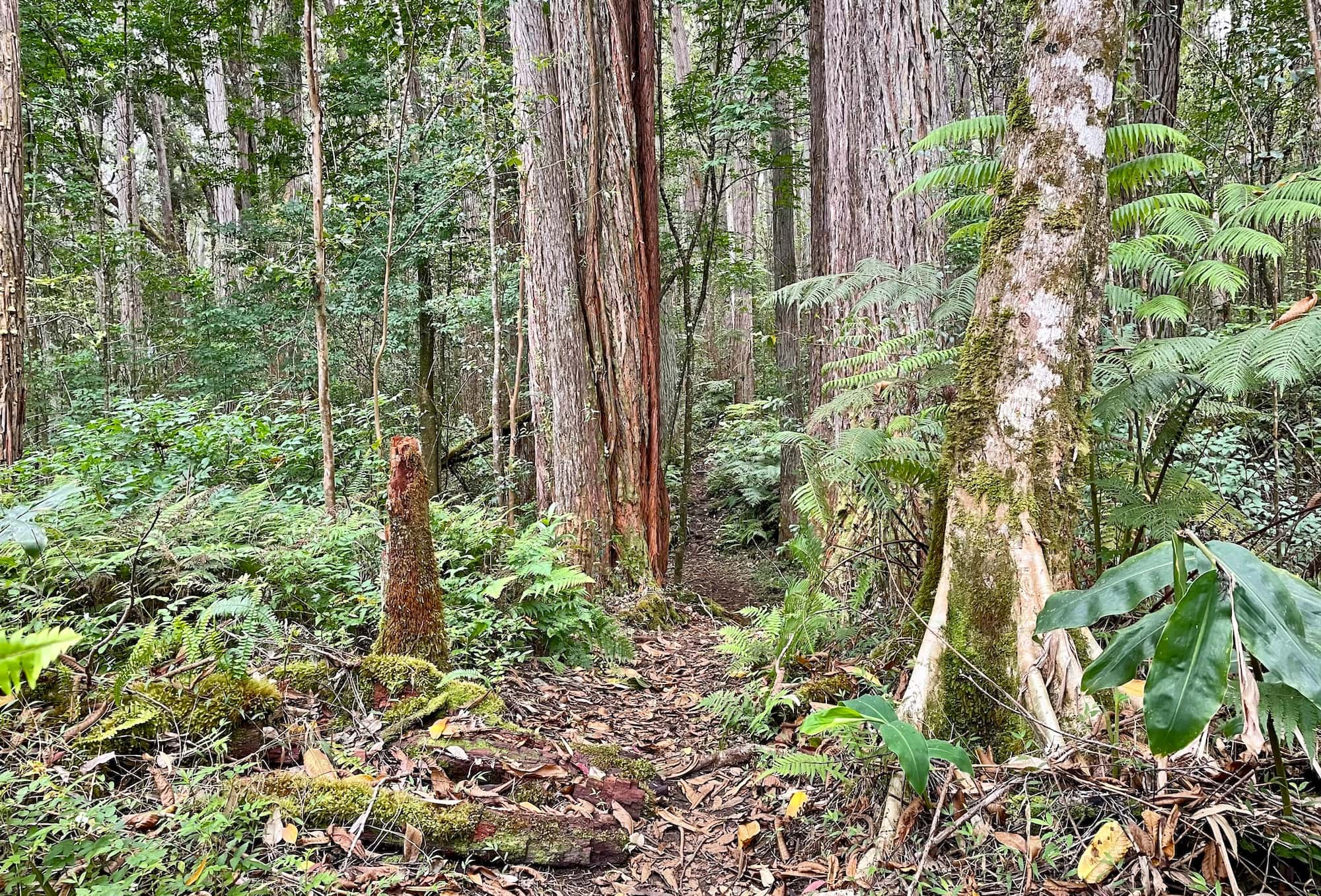
- Difficulty: Moderate
- Distance: 3.5 miles
- Elevation gain: 500 feet
Why you should go: Get lost (figuratively) in a wild and rugged rainforest.
While the aforementioned Kalopa Nature Trail is an easy walk that sets up visitors for an informative self-guided tour of the park’s highlights, the Kalopa State Park Perimeter Trail is where you’ll find solitude within the depths of the dense rainforest.
The Perimeter Trail hugs the outer edge of the park for two miles before intersecting with an Old Jeep Road. You can take that back to the parking area or continue along the Gulch Rim Trail, which follows the edge of the 200-foot-deep Kalopa Gulch.
Either route option is about the same in overall length, but the Jeep road will be easier to walk on, especially when it’s raining, while the Gulch Rim Trail offers more interesting scenery. I encountered mountain bikers and horseback riders on the trails, so keep your eyes and ears open.
8. Kealakekua Bay
- Difficulty: Moderate
- Distance: 3.8 miles
- Elevation gain: 1,300 feet
Why you should go: Some of the best snorkeling on the island paired with a historic landmark.
You can reach Kealakekua Bay by vehicle at its southern end, but the infamous Captain Cook Monument and the best snorkeling spots are only reachable by hiking or paddling to the northern side.
The monument marks the spot where Captain James Cook made first contact with the natives of the Big Island, and also where he was killed upon his re-arrival about a year later. Fishing is restricted in this bay, which makes it easy to spot the abundant sea life while snorkeling.
Don’t be that person: respect the local rules of the water and the land. During my visit to the monument, many tourists were swimming and snorkeling around it, and several were reprimanded by locals for stepping on living coral in the shallow waters.
9. Kilauea Iki
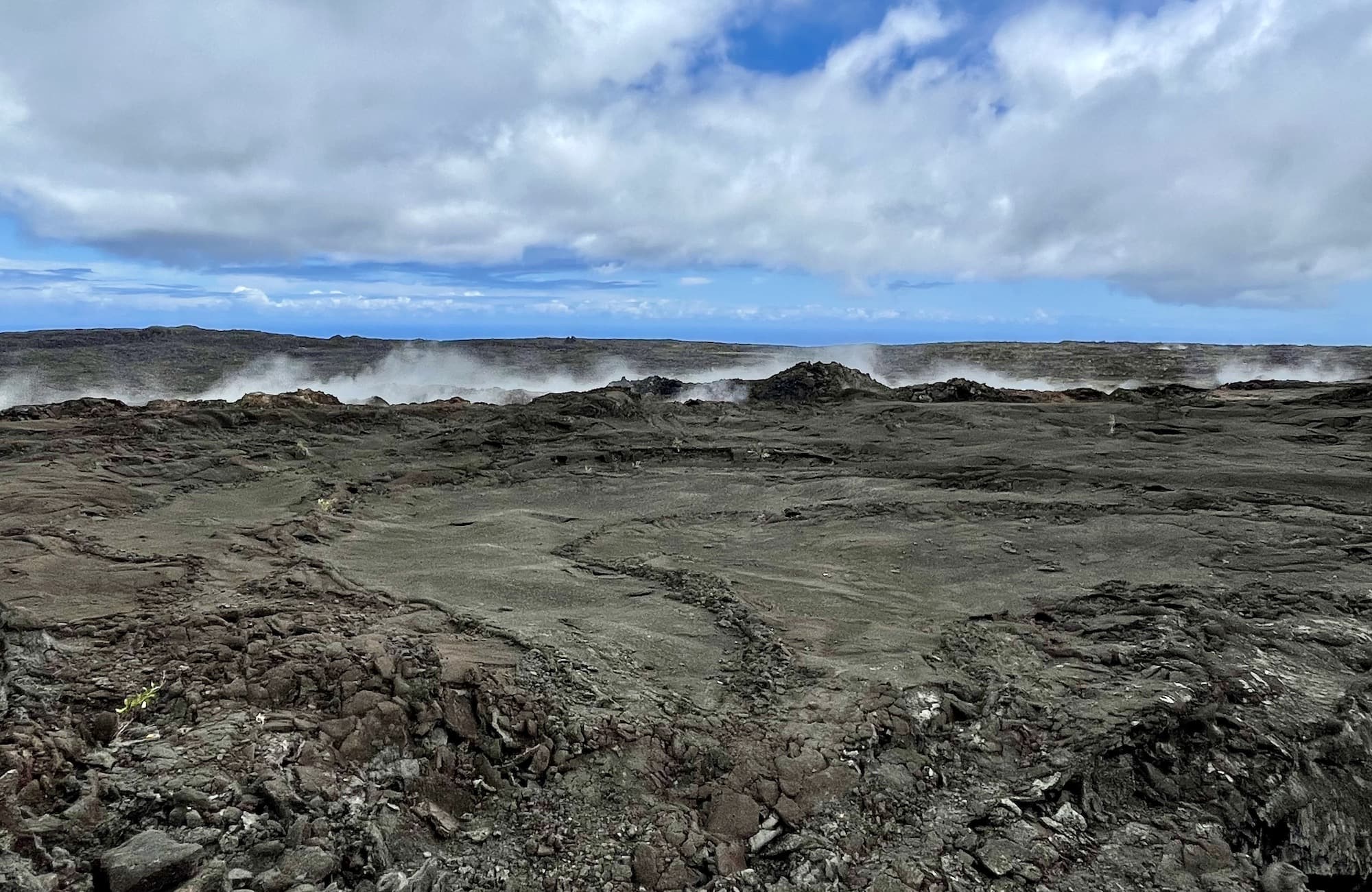
- Difficulty: Moderate
- Distance: 3.25 miles
- Elevation gain: 600 feet
Why you should go: Look into lava vents and explore the floor of the Kilauea Iki Crater.
Dropping down from the popular overlook of the same name, the Kilauea Iki hike will guide you through lush rainforest and onto the floor of the Kilauea Iki crater. You’ll be crossing a lava field only decades old. Open vents and cracks in the rock emit steam and heat to this day, and sections of the lava itself are still warm. There’s a visible “bathtub ring” marking the height of the puddling lava that once filled the crater 50 years ago.
This hike was recommended to me by a bartender on Oahu, and it turned out to be one of my favorites on the Big Island. Nearby, you can catch a view of the full Kilauea Crater.
10. Napau Trail
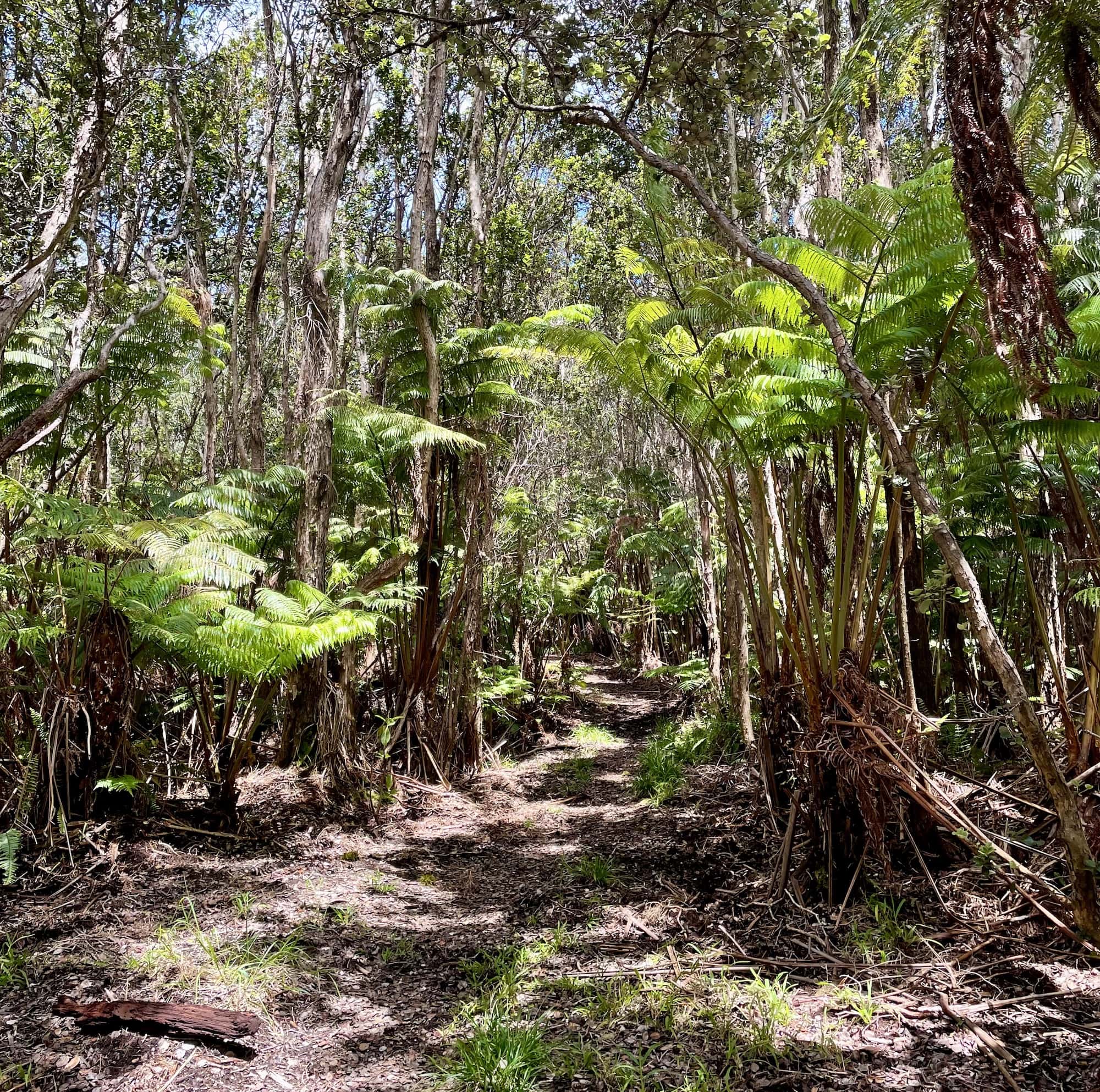
- Difficulty: Challenging
- Distance: 12 miles
- Elevation gain: 1,200 feet
Why you should go: Cross an ocean of freshly hardened lava to its eruption point.
You’ll traverse an array of diverse landscapes during this long day hike. The Napau Trail crosses over a vast lava field, passes by multiple craters, cuts through a dense rainforest, and comes to an end at the edge of Napau Crater, which offers the closest view of the recent Pu‘u ‘Ō‘ō eruption (it ended in 2018.)
This trail is exposed and though it’s unlikely, the possibility of a volcanic hazard is ever-present. Prepare for a long haul in direct sunlight. I also saw plenty of evidence of wild boars in the forested sections of this trek, so be cautious and avoid hiking this one alone if possible. The length of this trail can be a challenge for some, but it’s definitely one of the best hikes on the Big Island, if not the best.
11. Papakolea Green Sand Beach
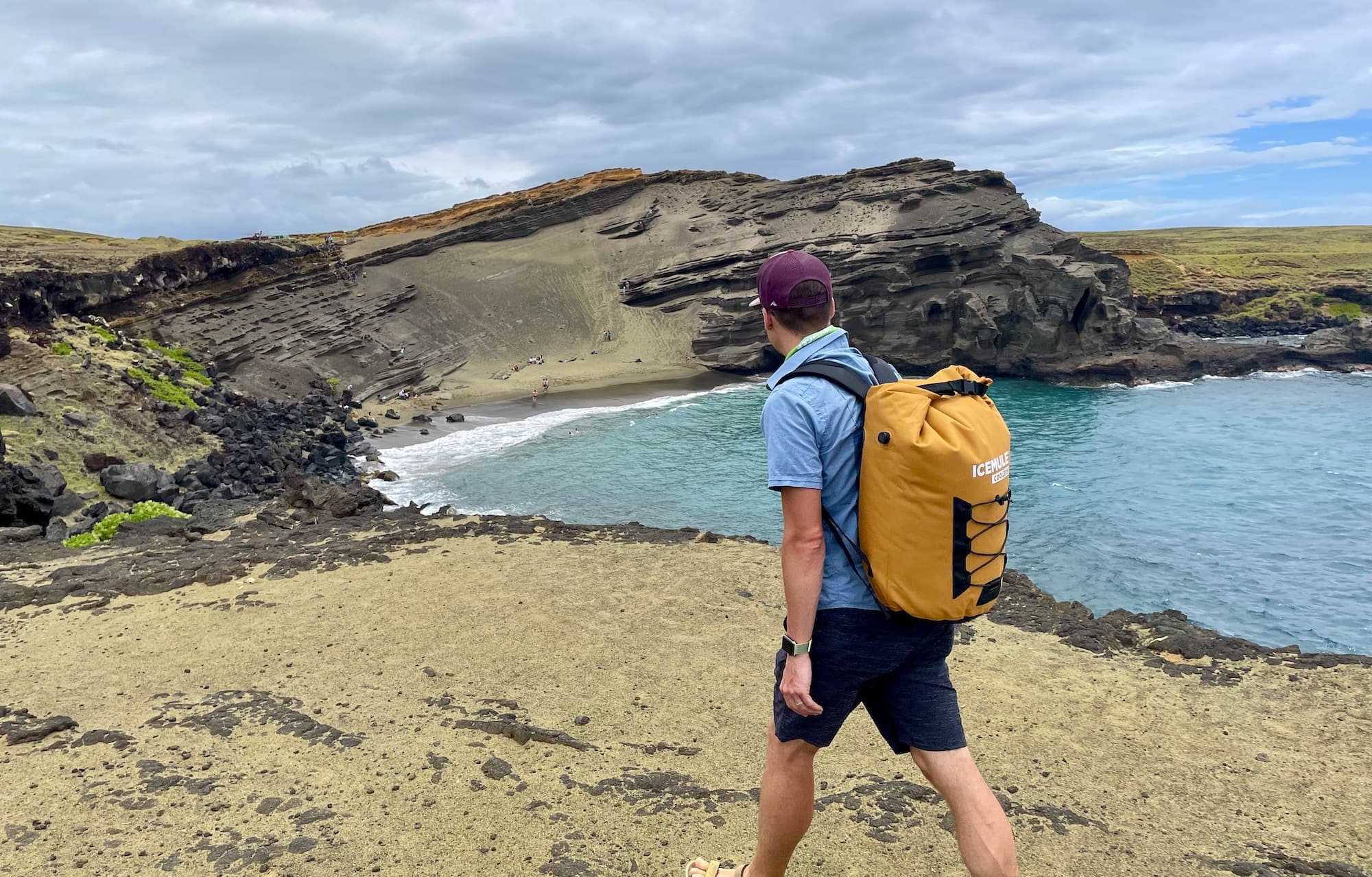
- Difficulty: Moderate
- Distance: 5.5 miles
- Elevation gain: 275 feet
Why you should go: Bury your toes in the rarest sand in the world.
The trek to Papakolea Green Sand Beach is more about the destination than the journey. The green beach is one of only a handful in the entire world and itself reason enough to venture out on a hike. The trail is more of a series of unmaintained dirt roads that only the most capable of 4WD vehicles could hope to cross. Most everyone walks.
There are eroded fishing temples (called heiau) near the shore that you should respectfully avoid. And when you see the beach, make sure to hike around the rim and use the metal staircase to descend to the sand — don’t make your own shortcut. I decided that the view from above the beach was enough for me and didn’t descend to the shoreline. It was a breathtaking picnic spot—glad I packed snacks.
12. Mauna Kea
- Difficulty: Challenging
- Distance: 12 miles
- Elevation gain: 4,500 feet
Why you should go: Scale the tallest peak in Hawaii.
Manua Kea has many claims to fame. This mountain is not only the tallest mountain in all of Hawaii, but is also the highest mountain in the entire Pacific Rim. It’s 13,803 above sea level and 33,000 feet above the ocean floor.
The mountain is so tall that scuba divers are warned to wait at least a day since their last dive so as to not get the bends while hiking. You may find snow at the top, as well as multiple astronomical observatories operated by the University of Hawaii.
13. Mauna Loa
- Difficulty: Challenging
- Distance: 13 miles
- Elevation gain: 2,700 feet
Why you should go: Panoramic volcano and ocean views unlike anywhere else on Earth.
Mauna Loa stands at 13,678 feet tall, nearly rising to the chart-topping heights of Mauna Kea. Mauna Loa holds its own title, however, as the most massive (or voluminous) mountain in the world. Its name translates to “long mountain,” which should give you an idea of what the hike is like. It’s one of the most challenging hikes on the Big Island, in case you didn’t guess that from the stats.
This mountain trail is within the confines of Hawaii Volcanoes National Park. The route crosses over vast fields of young lava as it gradually climbs toward the cinder cone at the top. The views, both during the ascent and at the summit, are astounding and truly look out of this world.
14. Waimanu Valley
- Difficulty: Challenging
- Distance: 16 miles
- Elevation gain: 7,000 feet
Why you should go: Embark upon the toughest and most unforgettable trail on the Big Island.
If the distance and elevation gain noted above don’t dissuade you from this hike, then the Waimanu Valley may just be the cure for your wanderlust. This trail is like stepping into another world. Expect sky-high waterfalls, enchantingly remote valleys, and even a private beach where you can camp for the night.
It’s possible to either day-hike or backpack this trail, but the only legal camping location is across the Waimanu River from Waimanu Beach at the trail’s turn-around point. You’ll be challenged by tumultuous water crossings and swarms of mosquitoes, but you’ll also be rewarded with some of the most isolated and breathtaking landscape scenery in all the world. Just bring some bug spray or one of those super-cool mosquito net face covers.
More Tropical Adventures
Sign up for Weekend Wanderer to join thousands of readers getting epic travel and gear ideas every week!

